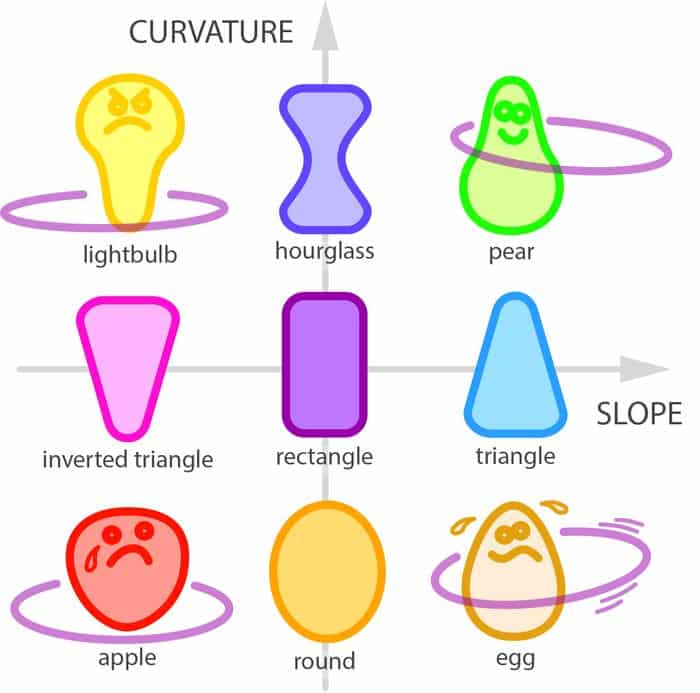Groundbreaking research from New York University reveals the significant role body shape plays in hula hooping, offering new possibilities for engineering innovations, energy harvesting and robotics.
Ever wondered what keeps a hula hoop spinning or why some people seem to master it effortlessly while others struggle? Mathematicians at New York University’s Courant Institute of Mathematical Sciences have unveiled the physics and mathematics behind this popular activity, revealing that body shape is crucial to keeping the hoop in motion.
In a study published in the Proceedings of the National Academy of Sciences, researchers Leif Ristroph and his team delved into these questions through experiments at NYU’s Applied Mathematics Laboratory. They replicated hula hooping with scaled-down, 3D-printed models of various body shapes, using motors to simulate human gyrations and high-speed cameras to capture the dynamics.
Interestingly, the findings demonstrated that while basic hooping motions are relatively easy to generate, maintaining the hoop’s elevation against gravity is much more challenging. The secret lies in having a body shape with the right slopes and curvatures. Specifically, a sloped “hip” to push the hoop upward and a curved “waist” to stabilize it.
“People come in many different body types — some who have these slope and curvature traits in their hips and waist and some who don’t,” Ristroph, an associate professor at New York University’s Courant Institute of Mathematical Sciences and the study’s senior author, said in a news release. “Our results might explain why some people are natural hoopers and others seem to have to work extra hard.”

Caption: Successful hula hooping requires a body type with the right slope and curvature.
Credit: NYU’s Applied Mathematics Lab
These insights are more than just academic; they have practical implications that extend far beyond playground fun. Ristroph highlighted potential applications in engineering, such as improving the efficiency of robotic positioners used in manufacturing and developing new ways to harvest energy from vibrations.
“We were surprised that an activity as popular, fun, and healthy as hula hooping wasn’t understood even at a basic physics level,” Ristroph added. “As we made progress on the research, we realized that the math and physics involved are very subtle, and the knowledge gained could be useful in inspiring engineering innovations, harvesting energy from vibrations and improving in robotic positioners and movers used in industrial processing and manufacturing.”
This study underscores how exploring everyday phenomena can lead to groundbreaking insights with broad applications. The research, supported by the National Science Foundation, was co-authored by NYU doctoral student Olivia Pomerenk and undergraduate Xintong Zhu at the time of the study. Their collaborative efforts have unlocked new avenues for innovation, demonstrating the far-reaching impact of seemingly simple activities like hula hooping.

